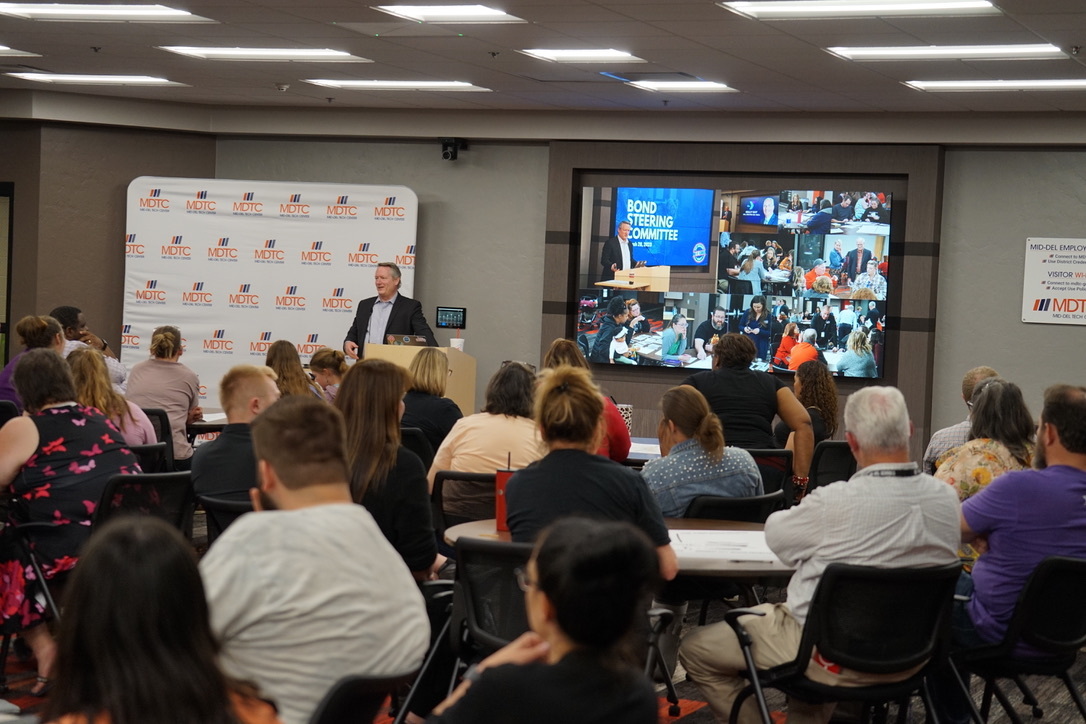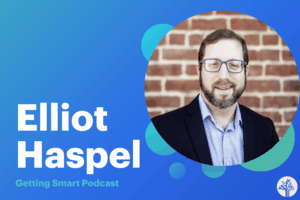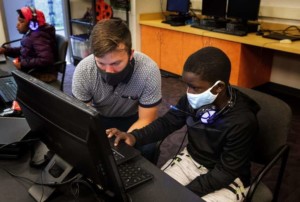Beyond the Classroom: Why Community Storytelling Will Decide the Future of Public Schools
Key Points
-
School leaders must go beyond traditional audiences (parents) and engage diverse stakeholders like retirees, business leaders, and policymakers to build trust and secure funding.
-
Strategic storytelling via websites, social media, and community engagement campaigns can help districts gain long-term support and achieve successful funding goals.

By: Tyler Vawser
It’s back-to-school season, but district leaders are focused on more than just the classroom.
Today’s school communication isn’t just about notifying parents or boosting enrollment; it’s about building trust, aligning schools with their communities, and providing long-term support from a wide range of stakeholders who rarely set foot in school buildings. From retirees and business leaders to local media and community voters, these audiences are shaping the future of public education, and districts that make a concerted effort to engage them are better positioned to succeed.
In 2024, Pew Research found that 47% of American adults under 50 never plan to have children, up 10 points from just five years ago. Historically, parents formed the core constituency fighting for education at city council meetings and bond elections. District leaders are learning to engage and involve those who won’t send students through their front doors.
Districts nationwide are reevaluating their communication strategies to reflect this broader mission.
Better Hiring
Hiring bus drivers is no longer just an HR challenge; it’s also a communication challenge. At Tyler ISD in Texas, district leaders knew that filling critical non-teaching roles would require more than a job posting. They needed a story.
“Parents may be our primary audience, but they’re not the only ones,” says Jennifer Hines, Chief Communications Officer at Tyler ISD. “If we want the community to support us, we have to invite them in and make it easy for them to see the value we bring.”
Rather than burying job listings on a third-party site, the district designed a strategy that focused on storytelling. They created short videos about bus drivers explaining why they love their work and made a dedicated hiring page on their website. The district promoted the campaign across the district’s app, social media, and earned media, resulting in an influx of applications and new hires. They even added a touch of creativity by placing clever, shareable slogans on the side of many buses like “Prime Shipping On Tyler’s Precious Cargo: Children” or “What Can Yellow Do For You?”

Winning Support Without Asking for It
Craig Maniglia, Director of Communications at Sarasota County Schools in Florida, led a successful bond funding campaign that didn’t rely on traditional advertising or calls to action. Instead, the district launched a fully integrated storytelling effort, powered by Apptegy, that included more than 200 custom graphics, videos, and a dedicated referendum website.
“We never once asked people to vote yes,” Maniglia says. “We simply educated them. The only way I could do that at scale was through a website and branded communication tools that let us control the message and the look.”
The result? Widespread support, strong voter turnout, and a deeper level of trust from the community, proving that transparency and design matter, especially when the stakes are high. The 84.06% bond referendum approval was the highest ever achieved in Florida. What’s more, a majority of stakeholders stated they were aware of the referendum and cited district communications as a primary source of information.
A $492 Million Lesson in Community Engagement
In Oklahoma, Dr. Rick Cobb, Superintendent at Mid-Del Public Schools, and Stacey Boyer, Director of Community Relations, faced a historic challenge: passing a $492 million bond, the largest in state history, for a district of their size.
To increase the odds of passing the bond, the Mid-Del team took a new approach and prioritized strategic storytelling and genuine community input. They hosted four planning sessions with more than 100 residents, used social media and email to share progress updates, and deployed a steady stream of content across their website and app. Boyer and Dr. Cobb personally gave presentations across the district to reinforce their message.
The bond passed with overwhelming support, proving that consistent, accessible communication builds real momentum that leads to actual change..
Bridging the Gap Between Schools and Industry
In Pennsylvania, Dr. Mark Covelle, Administrative Director at Middle Bucks Institute of Technology (MBIT), sees communication as essential to building modern career and technical education (CTE) programs.
“When I was hired, I promised the board I’d elevate MBIT’s visibility in local, regional, and national circles,” he explains in Apptegy’s SchoolCEO magazine. “That started with developing content to help us share authentic stories about our students, staff, and programs.”
MBIT now regularly publishes videos, social content, and podcast episodes that spotlight student achievements, employer partnerships, and real-world skills. This has helped them engage not just parents, but also regional employers, policy makers, and future students who might never have considered a CTE path.
Retirees: The Hidden Champions of Public Education
One often overlooked group is retirees. In many communities, they are essential voters, but they may not have kids or grandkids in school. Districts that can connect with this group on values such as civic engagement, safety, or fiscal responsibility are better positioned to gain their support.
In Georgia, Lumpkin County Schools kept these thoughts in mind when designing a community-wide campaign to build a new elementary school. They added three public meeting rooms and invited local organizations to use the space. The result? A more profound sense of community engagement, stronger volunteerism, and a small army of supportive voters.
What This Means for School Leaders
The future of school communication is broad, intentional, and deeply human. It’s not just about technology or strategy; it’s about seeing every community member as part of the district’s story.
School administrators should:
- Think beyond parents. Voters, business leaders, retirees, and media all shape a district’s story.
- Make it visual. Websites, apps, and social media are the front door to your district, so invest in clear messaging and consistent branding.
- Tell real stories. The best advocates are already in your buildings. Feature bus drivers, students, teachers, and alumni. Let them share their personal stories.
- Build trust before you need it. Don’t wait until a bond or crisis to start engaging with local communities. Ongoing communication builds long-term goodwill.
Why This Matters
Public education is at a crossroads. K‑12 enrollment dropped by 2.5%, removing more than one million students from the system between fall 2019 and fall 2023. According to the National Center for Education Statistics, enrollment is projected to decline from 51 million in 2019 to 47 million by 2031. Fewer students mean tighter budgets, fiercer competition for funding, and heightened scrutiny from voters and policymakers alike.
For school leaders, these trends make one thing clear: strong community relationships are no longer optional; they’re essential. Sarasota County Schools passed their 84% bond referendum because they built trust over time by prioritizing transparency and sharing compelling, consistent stories about the district’s impact. Similarly, districts like Mid‑Del and Lumpkin County showed that when communities understand the value schools bring through safety, civic engagement, and economic growth, they are willing to invest in their schools.
In an era of school choice, declining enrollment, and increasing competition, districts must think of themselves as community institutions first. Schools are more than classrooms; they’re hubs where stories of opportunity, resilience, and belonging unfold. No matter the audience (parents, retirees, local businesses, or voters), a district leader’s goal is to help every member of the community see themselves in their district’s story.
Dr. Cobb of Mid‑Del shares, “It’s not just about passing a bond. It’s about showing your community that you’re worth investing in every single day.” For districts willing to embrace this broader vision, the reward is not just higher enrollment or successful bonds, it’s lasting trust, stronger partnerships, and a future where schools and communities thrive together.
Tyler Vawser is Head of Marketing at Apptegy.






0 Comments
Leave a Comment
Your email address will not be published. All fields are required.